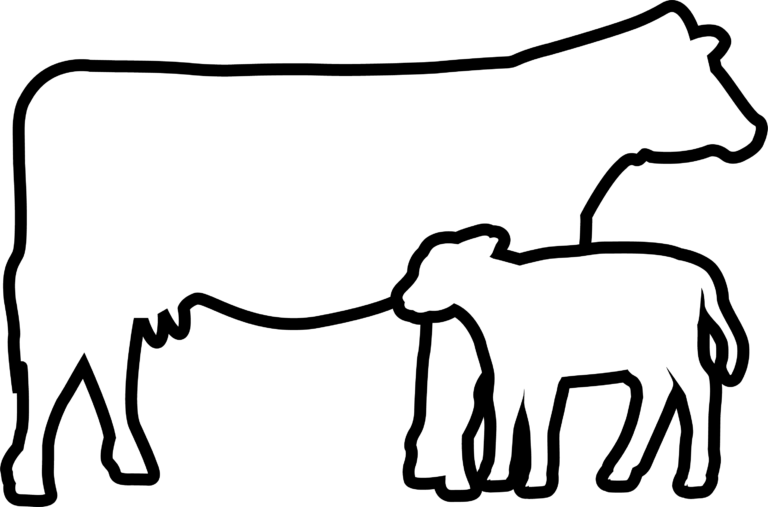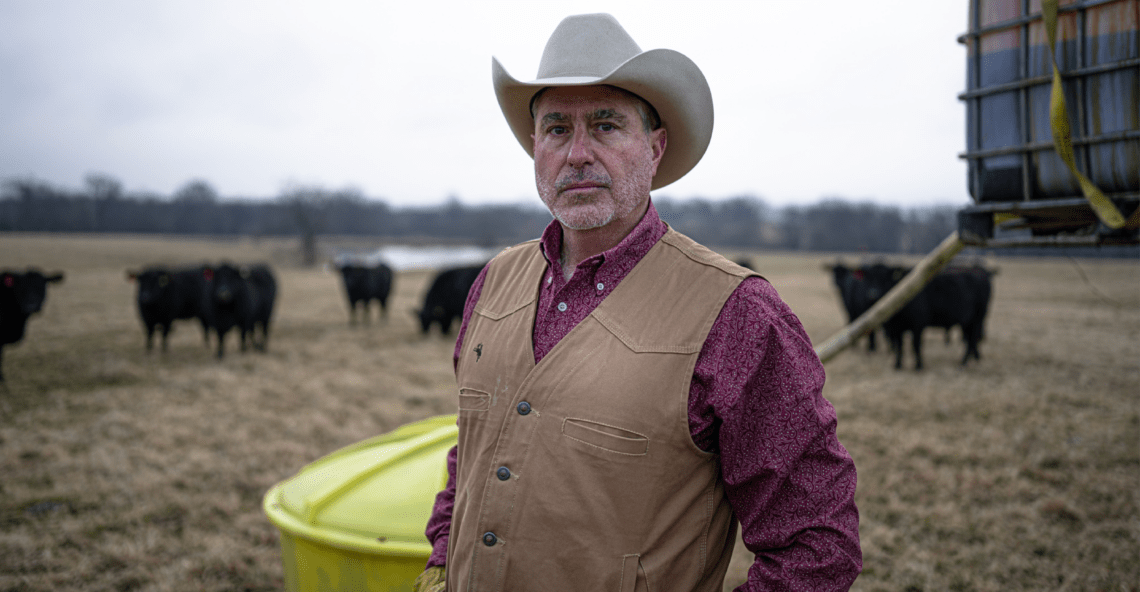Liquid Feed Supplements for Pasture Cattle
-
Targeted Supplementation Programs
QLF supplementation programs can improve the utilization of low-quality forage and supply additional nutrients needed to support a healthy, productive herd. QLF produces liquid supplements that compliment a full range of diets on range or pasture settings. These supplements contain readily-available energy from sugar and can be formulated to contain 20% to 40% crude protein.
-
Increased Forage Intake & Utilization
QLF cow/calf products are designed to enhance forage utilization by supplying a source of degradable protein and energy to support rumen fermentation critical for herd health, calf performance, and reproductive efficiency.
-
Flexible Delivery Options
Producers can enjoy the ultimate level of convenience by using QLF liquid supplements. QLF liquid supplements can be delivered free choice, applied to bales, or incorporated in bunk mixes.
-
Practical Additive Carrier
QLF liquid supplements can improve intake and digestion of low quality forages while also delivering select additives throughout the feed. In grazing situations, delivery of feed additives allows producers to take advantage of the benefit they offer without having to handle cattle, invest additional time and labor, or inventory additional additives.
-
Cost Effective Supplement Choice
Properly positioned QLF liquids supplements can offer a positive return on their feed investment. QLF liquid supplements deliver value, balanced nutrition, and ultimate convenience for the cow/calf producer.
Pasture Featured Videos
QLF 365 Cowherd Nutrition
QLF offers a year-round targeted liquid supplementation program for cow-calf operators directly impacting forage utilization, productivity, and herd health. These convenient, free-choice cow-calf products are designed to enhance forage utilization by supplying a source of degradable protein and energy optimizing ruminal fermentation critical for herd health, calf performance, and reproductive efficiency. Specific QLF pasture products can provide supplemental protein, macro and micro minerals, vitamins, and additives needed by cattle on grass. QLF supplements can be formulated to contain as little as 20% to 40% crude protein. The protein is comprised of a mixture of NPN from urea and natural protein sources from other ingredients. Readily available forms of minerals are provided with QLF supplements. QLF pasture products can be used in multiple applications.
Lick Tanks
Lick-wheel tank feeders are designed specifically for self-fed liquid supplements. Lick tanks allow for several small meals over the course of the day and give the opportunity for less dominant animals to come to the feed unchallenged. QLF free choice supplements are formulated to complement available forages.
Bale Treatment
For an increasing number of cattlemen, treating forages with QLF liquid supplements has become an effective response to the limitations provided by low-cost, low-quality forages. The application rate of QLF liquid should be 7-10% of the bale weight. QLF-treated bales deliver more dry matter, protein, energy, and supplemental vitamins and minerals to the cattle while also promoting intake and digestibility.
Mixed Rations
When liquid supplements are included in total mixed rations, ingredients with varied particle sizes and density are held in place. Trace nutrients and additives contained in QLF liquid are distributed evenly throughout the ration. These supplements aid in tying up ration fines, masking off-odors, and can maintain consistent intakes providing for better rumen function and better additive utilization, promoting optimal cattle performance.
Frequently Asked Questions
How does feeding supplement increase the utilization of my forage?
The first limiting nutrient in most forage diets is protein, in particular ruminally degradable protein (DIP). Once this essential nutrient is supplied to the microbes, via protein supplementation, they are able to grow, multiply, and break down fiber at an increased rate. As their population and activity level grow, they are able to process additional forage, leading to increased intake (often 30-40% with low quality forage, and approximately 10% with moderate quality hays). Additionally, the forage (fiber) they do breakdown is fermented more thoroughly, allowing greater “digestion” and energy yield from each unit of forage consumed.
Do cows need supplemental by-pass protein?
One of the primary goals of cowherd supplementation is to increase utilization of low-cost forages. The boost in intake seen with protein supplementation is due to an increased nitrogen supply to the rumen, making degradable crude protein (DIP) sources more effective than undegraded (“by-pass” or UIP)) protein. This strategy allows the cows to meet their needs from forage and DIP supplementation, and supplies the animals with a very high-quality protein source in the form of bacterial cell proteins.
Should fat be fed to cows?
While high levels of dietary fat can cause problems with palatability, fiber digestion, and scouring, moderate levels (up to 5% of dietary dry matter intake) may offer some specific benefits to beef cows at the critical points in their production cycle.
Why would I use organic trace minerals for beef cows?
The organic forms (e.g., proteinates and chelates) of the essential trace minerals are more available to the animal, and when mineral supply is critical (i.e., late gestation and early lactation of high-producing animals, especially if they are under stress) this improved bioavailability may be worth the extra cost.
Will feeding QLF supplements have a "negative associative" effect on fiber digestion?
“Negative associative effects” most commonly seen with beef cows involve the feeding of moderate levels of grain. The net result of adding this much starch to a high-forage diet is a shift in microbial population, reduced fiber intake, and impaired fiber digestion. But the soluble energy source in our products is sugar, which has been shown to complement fiber digestion – IF adequate degradable protein is provided – rather than act against it.
How much will they eat?
Actual consumption rates will vary depending on forage type, quality, and availability; weather and facility conditions; and, cow condition and management. However, once animals are acclimated to the lick tank, consumption should be reasonably predictable and consistent for a given time of year and stage of production.
Example:
Average Reported Consumption Rates Throughout Wisconsin/Minnesota
| Mar | Apr | May | Jun | Jul | Aug | Sep | Oct | Nov | Dec | Jan | Feb | |
| lb/head/day | 1.41 | 2.03 | .22 | .36 | .49 | .62 | .77 | .81 | .86 | 1.07 | 1.17 |
Where should I place my lick tank?
Feeding at the lick tank should require a specific ‘decision’ on the cow’s part; overconsumption will occur if the tank is available for casual feeding near where the cows will be spending time for other purposes. BE SURE:
- The tank is clean, the top and lick wheels are secure, the lick wheels rotate freely, and the tank is set level.
- The Tank is placed where cattle do not congregate; minimum 50 feet from water.
- The Tank is not placed on a path to water, under shade trees, or behind windbreaks where cattle congregate.
- The tank is located away from possible sources of contamination, e.g. roof run-off.
- The tank is placed to avoid excessive heating and restricted air circulation.
Let's Work Together.
Find A Representative Near You.
Interested in QLF supplements? QLF understands it takes the right people to provide the standard of service our customers deserve and expect, reach out to a QLF representative today for a consultation on how QLF can fit into your operation.


